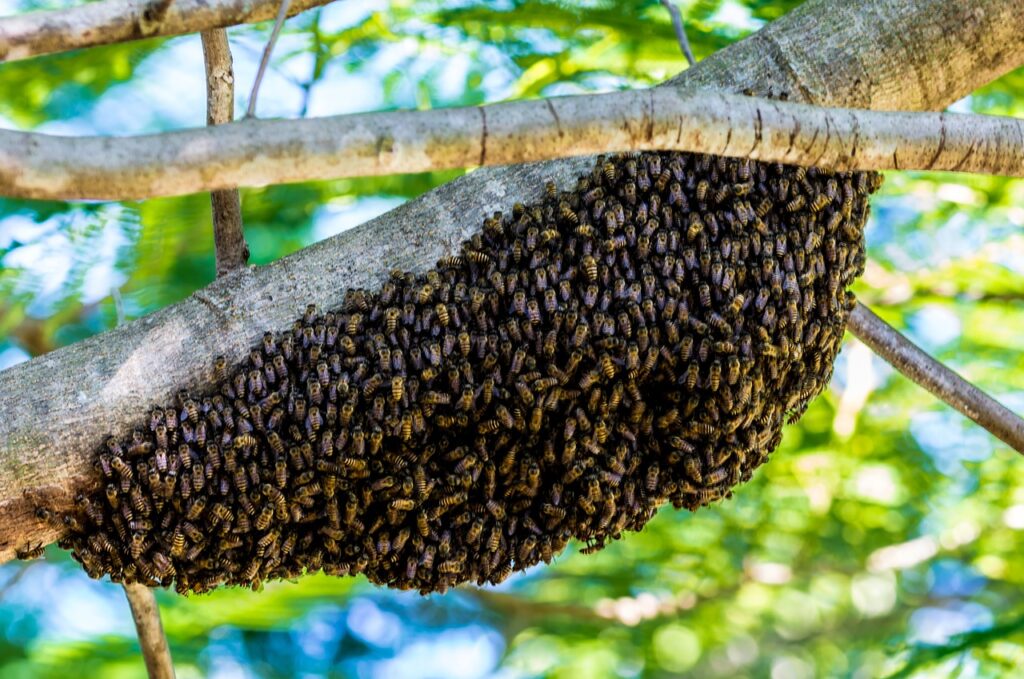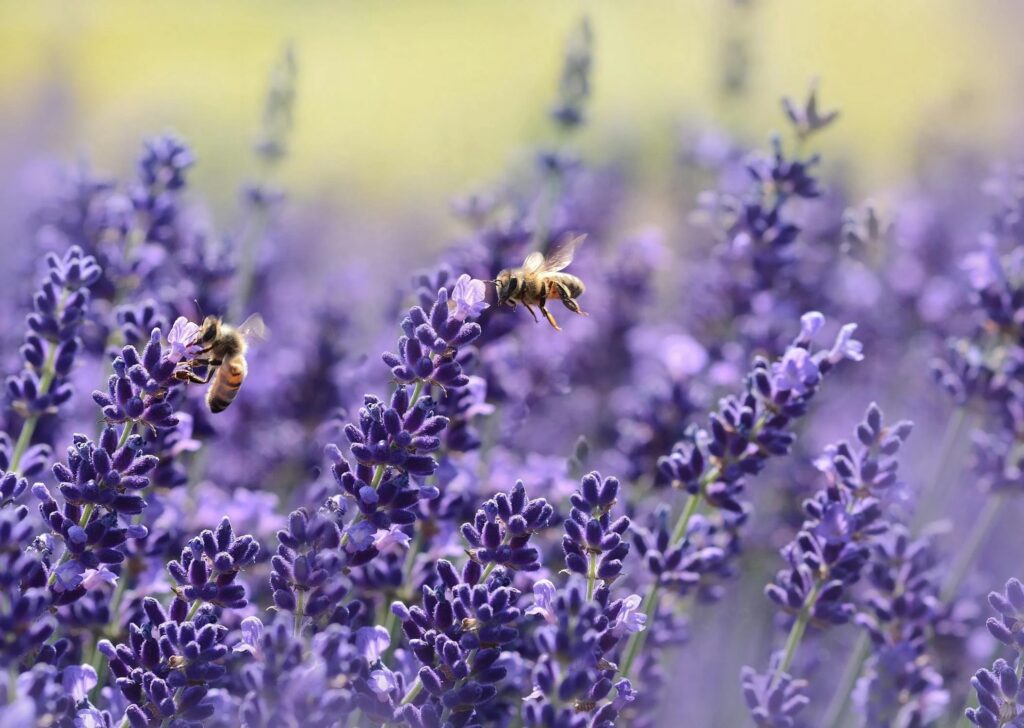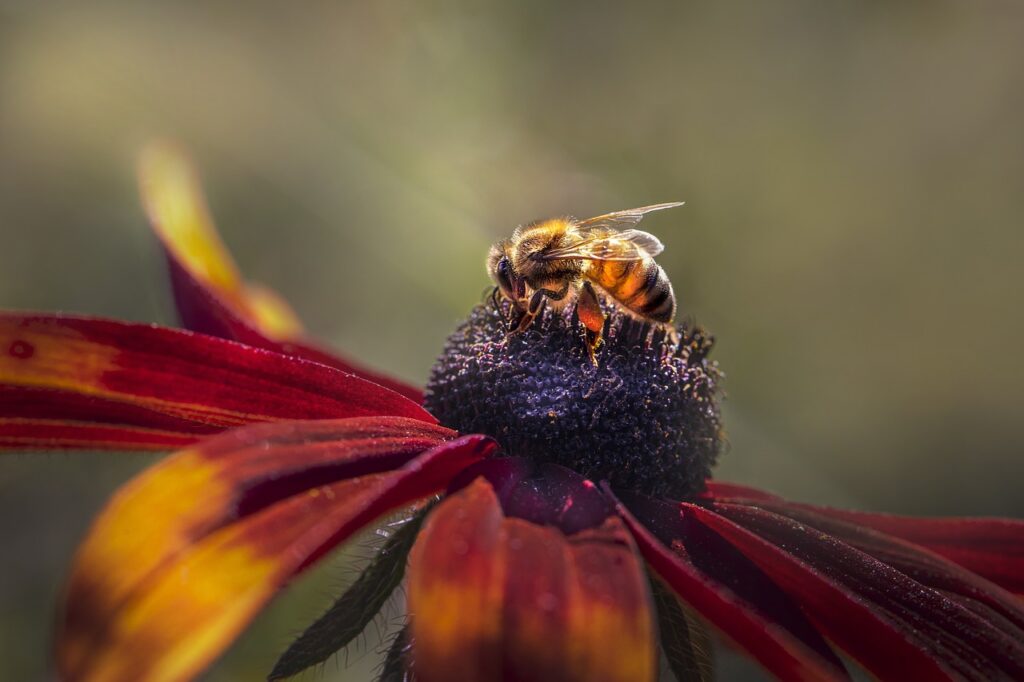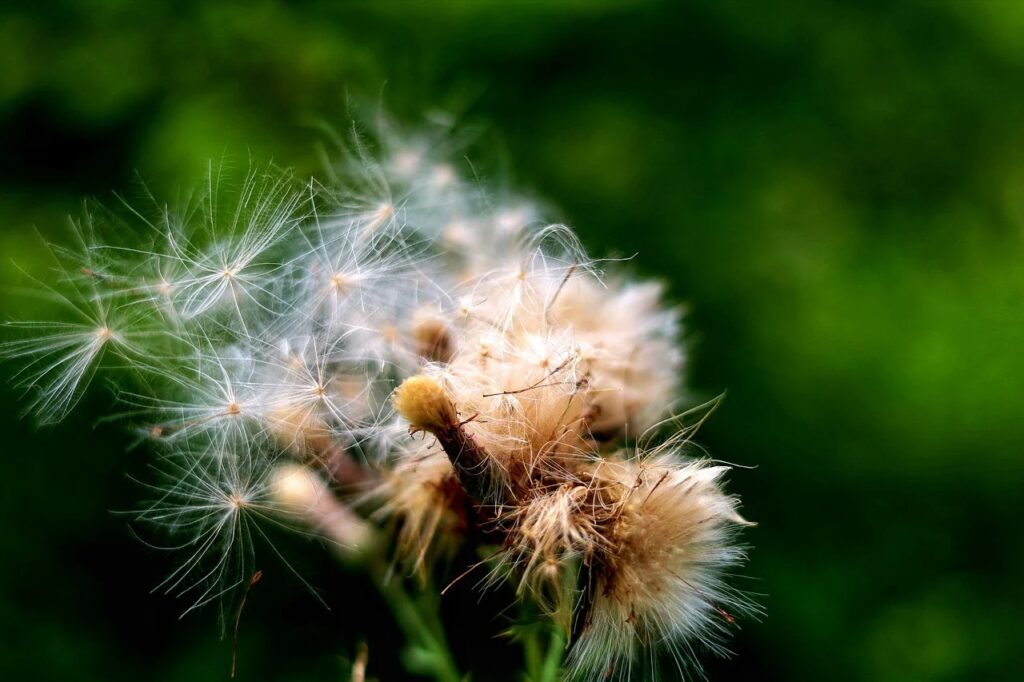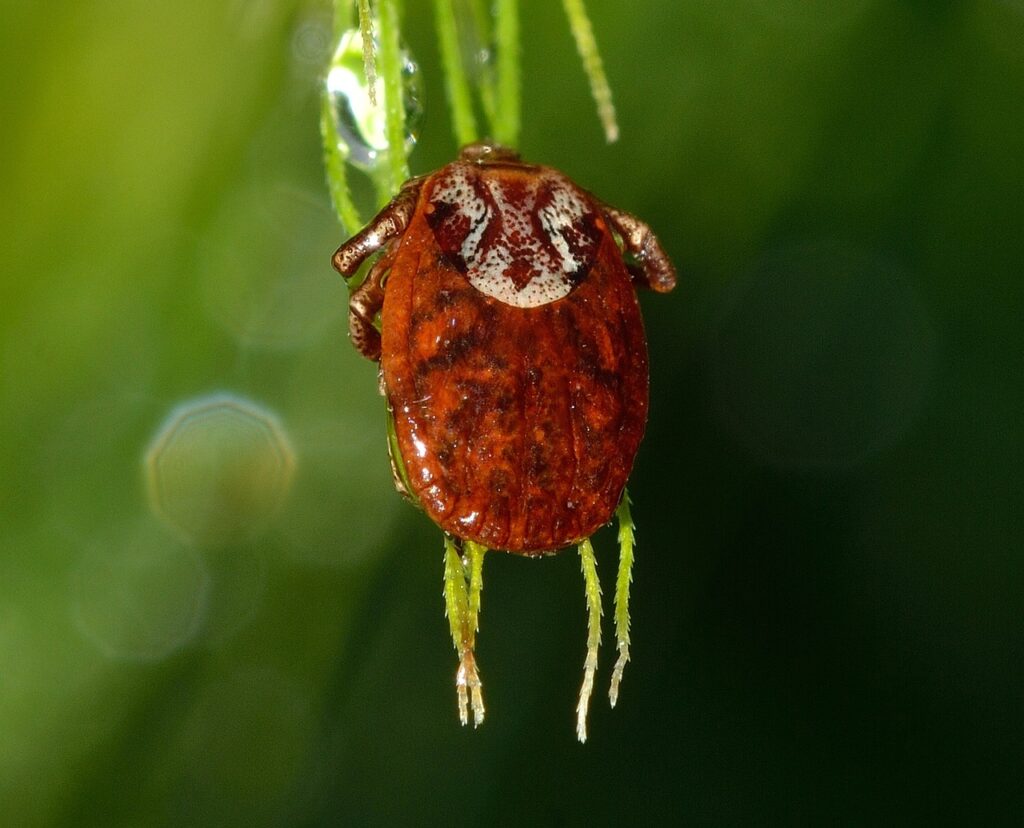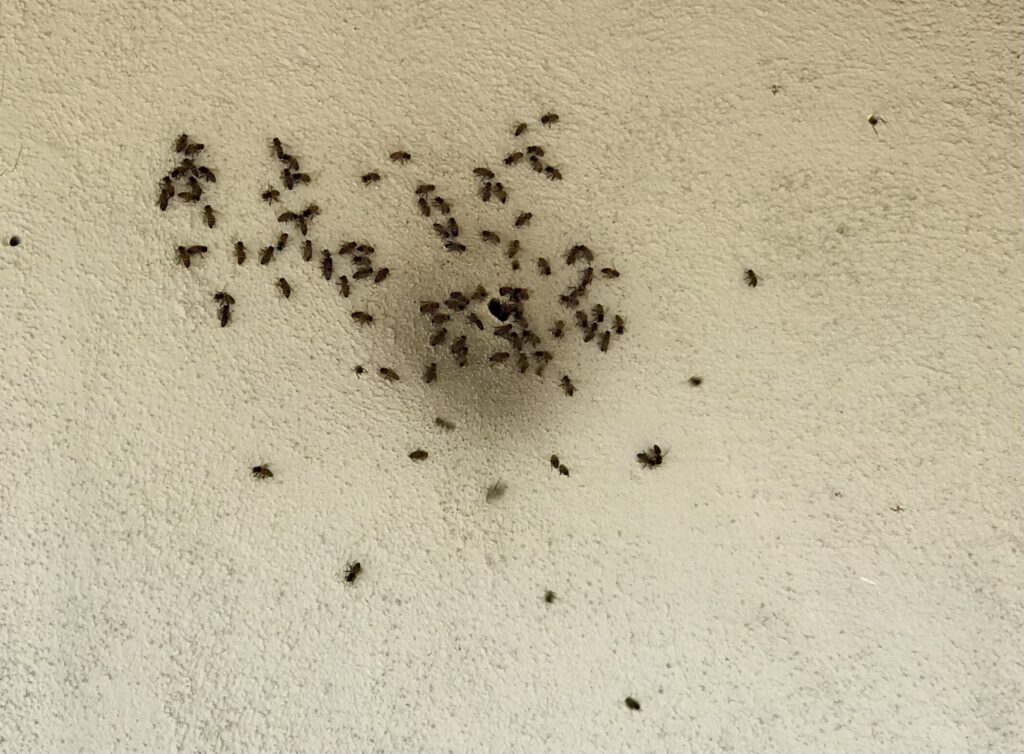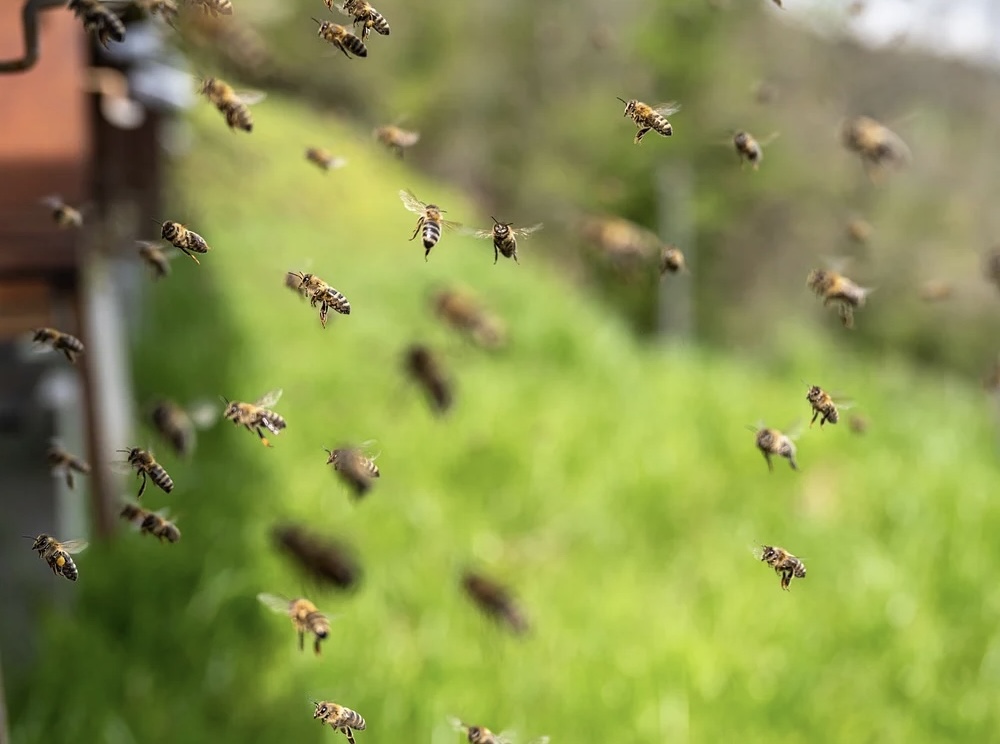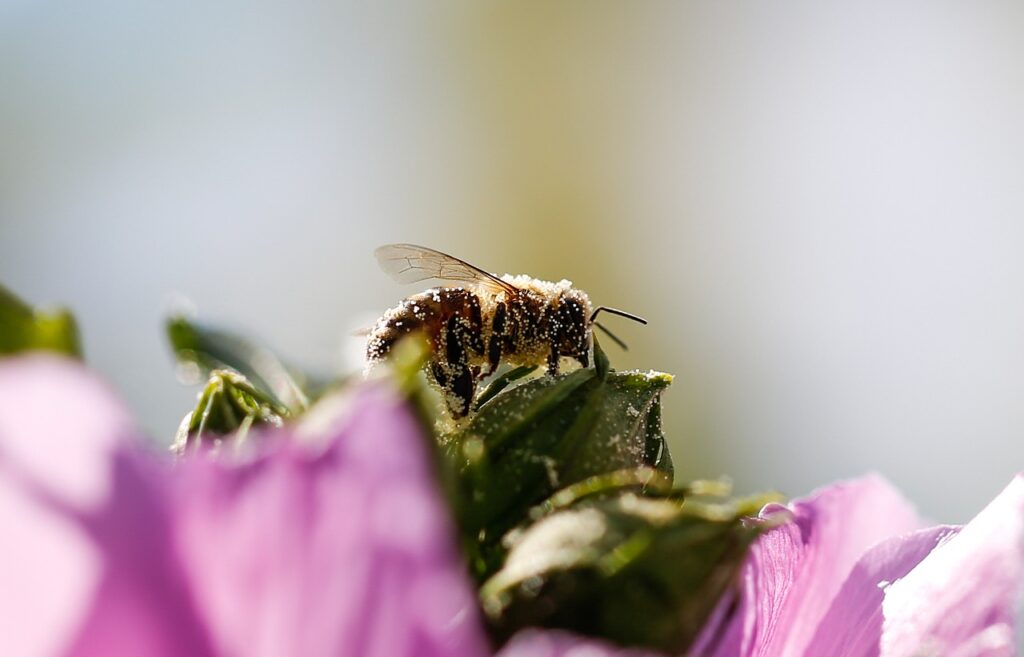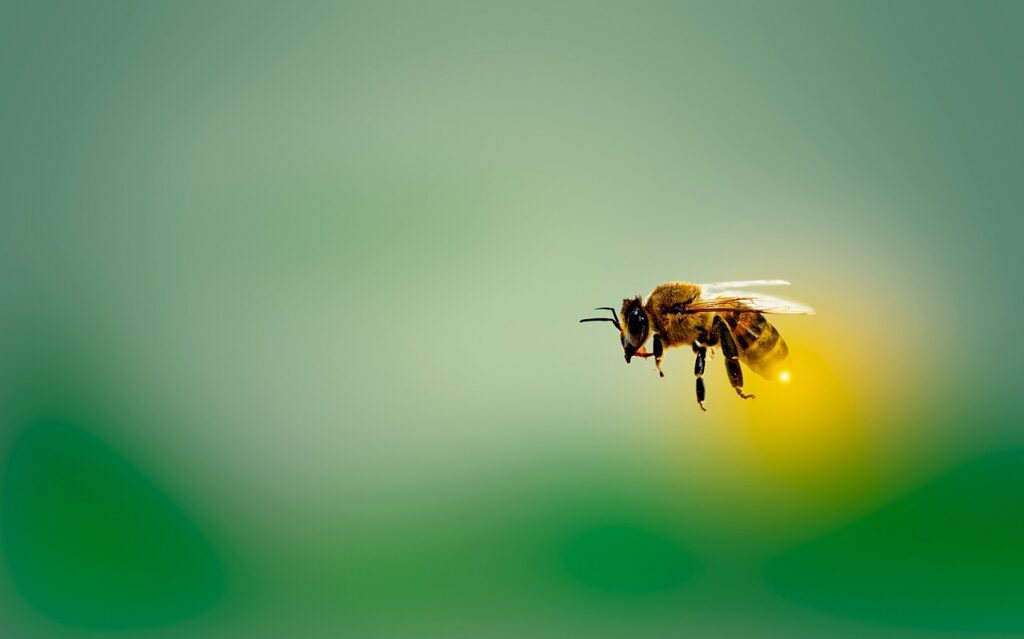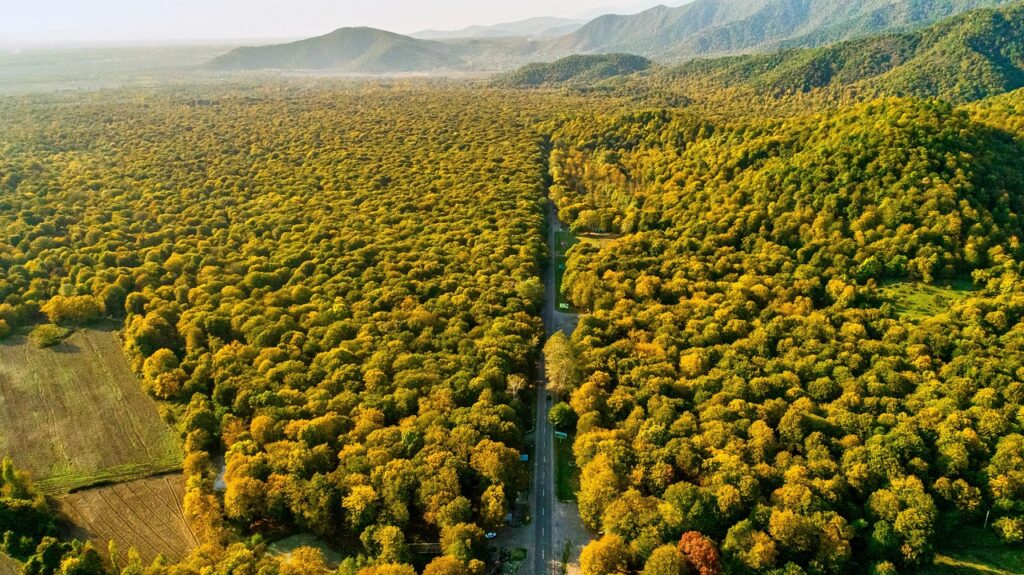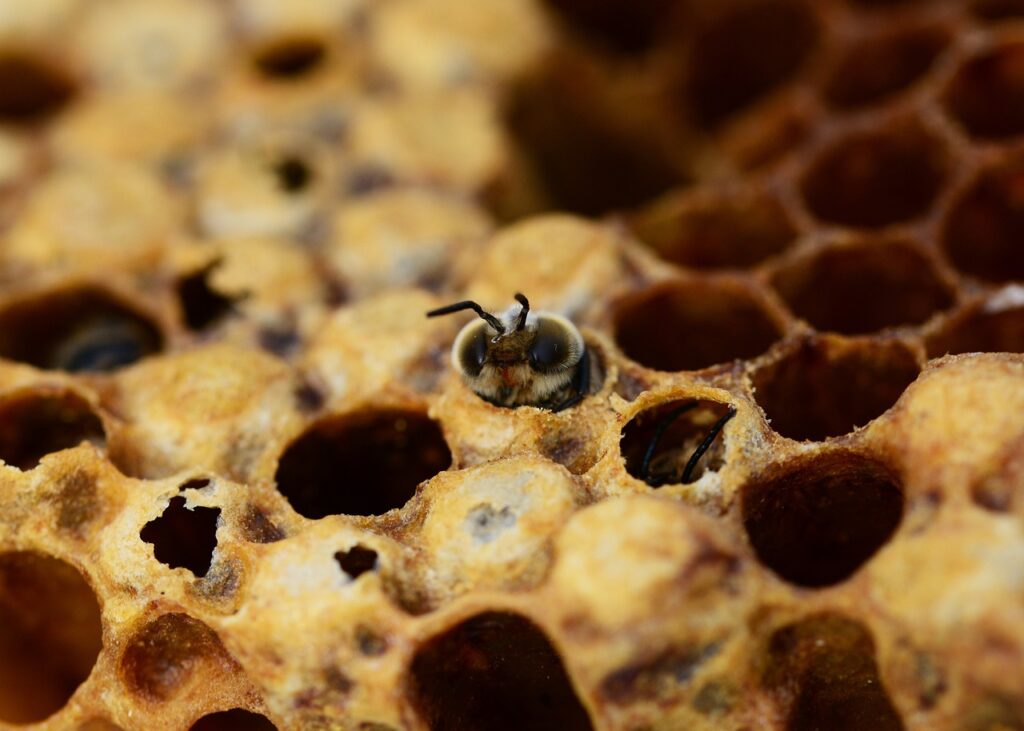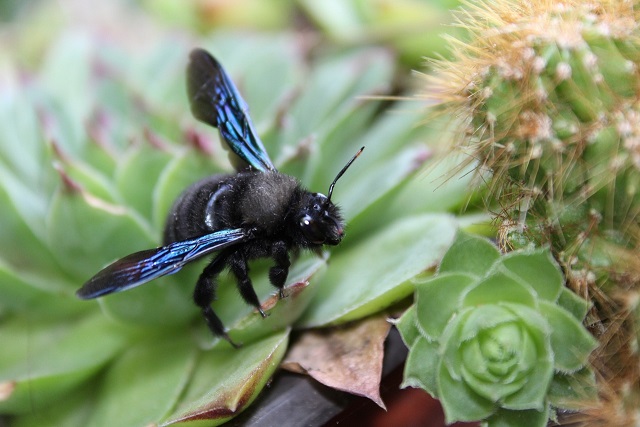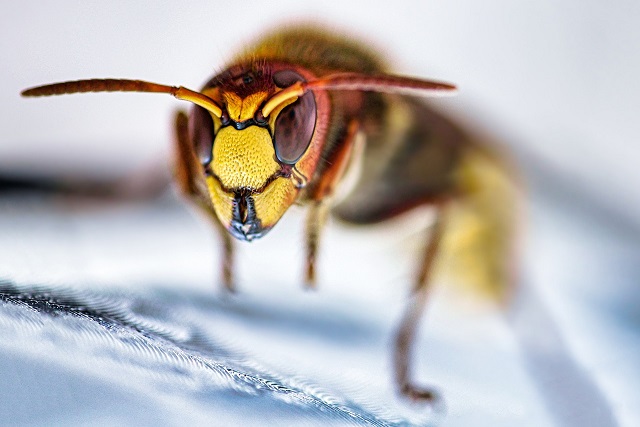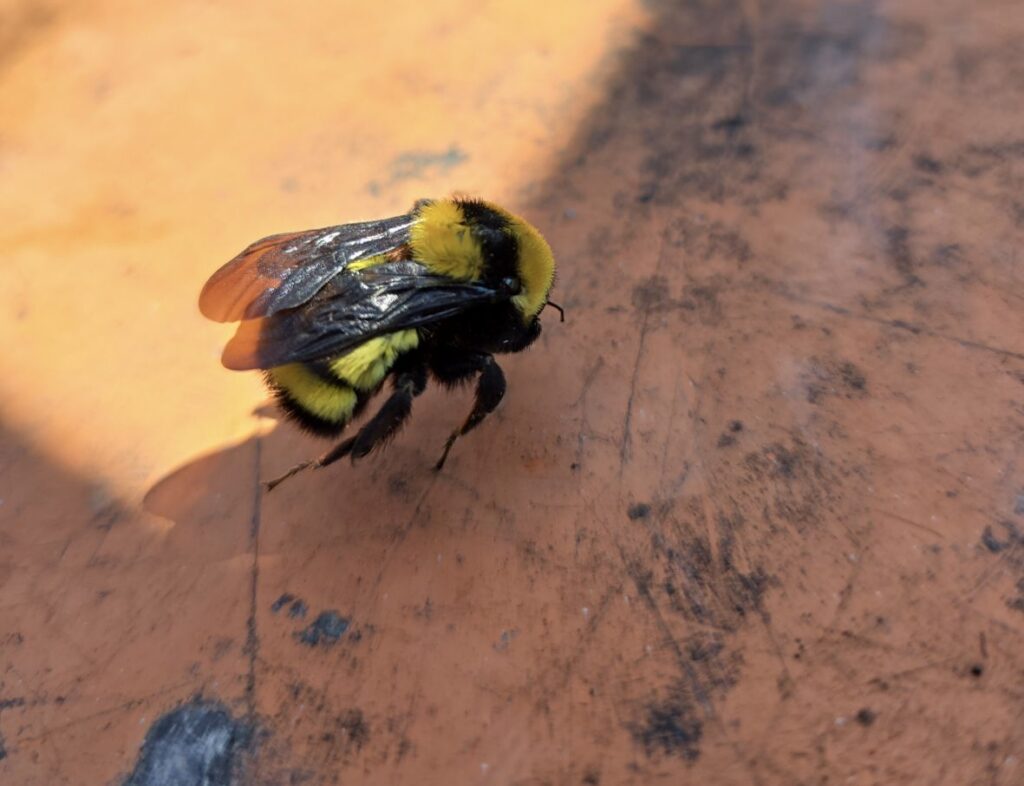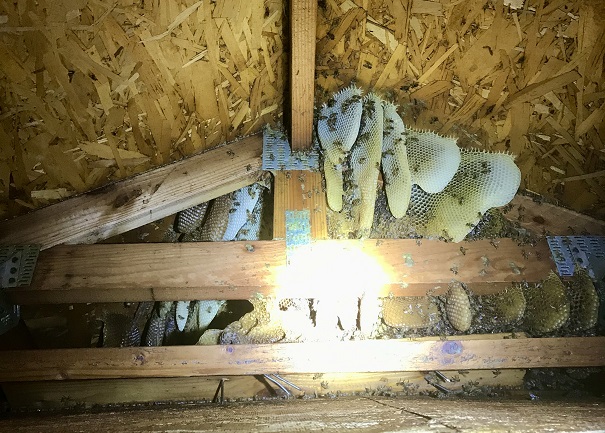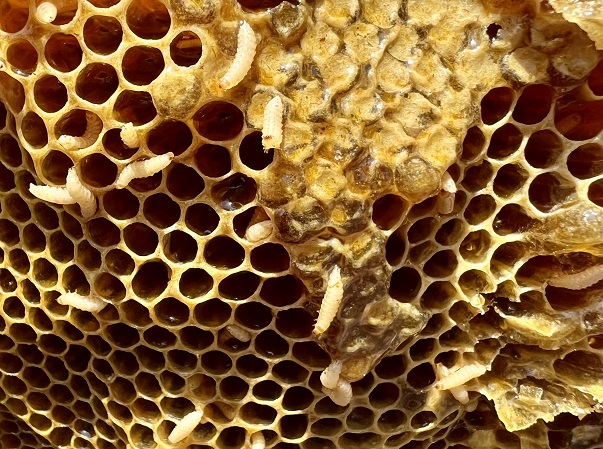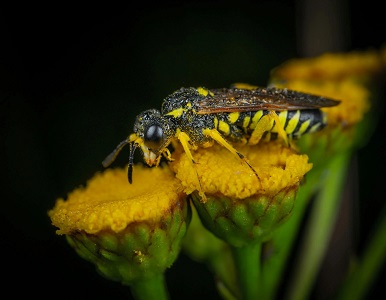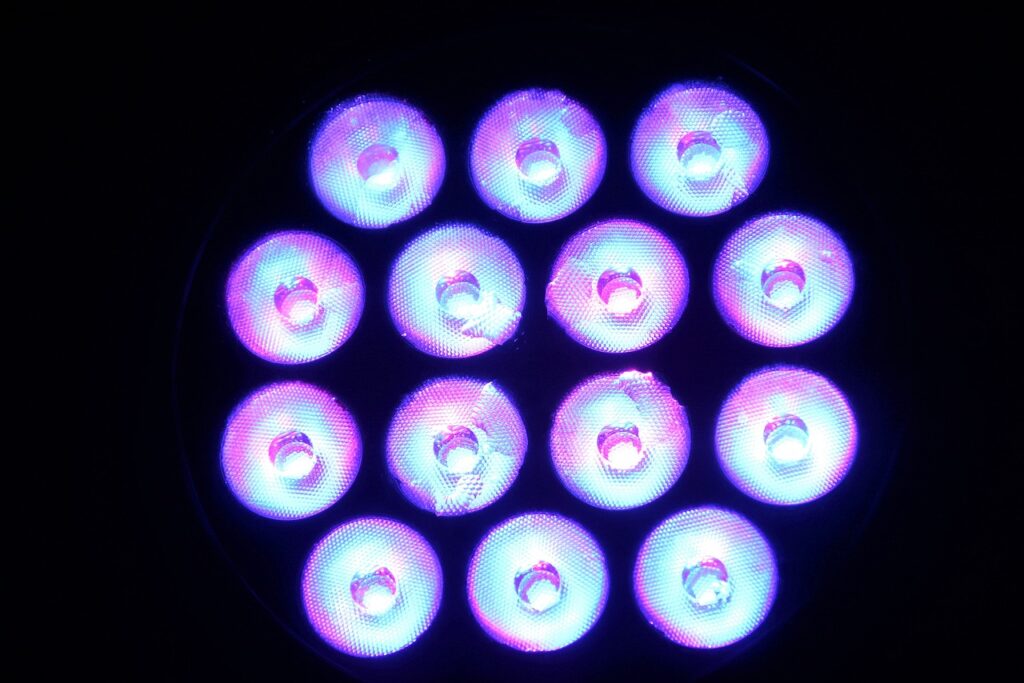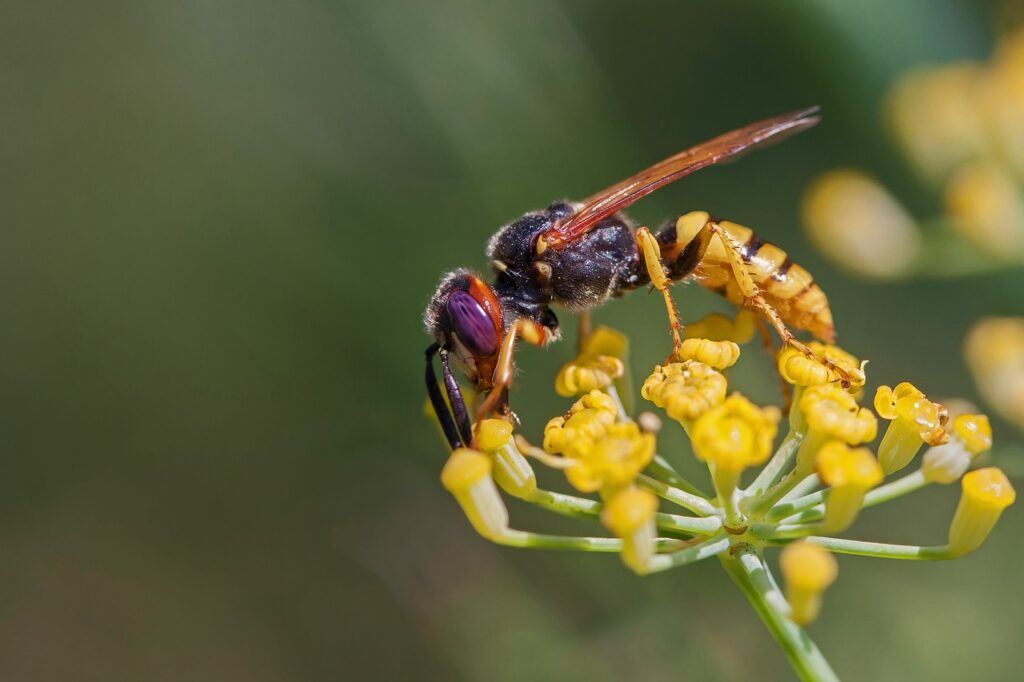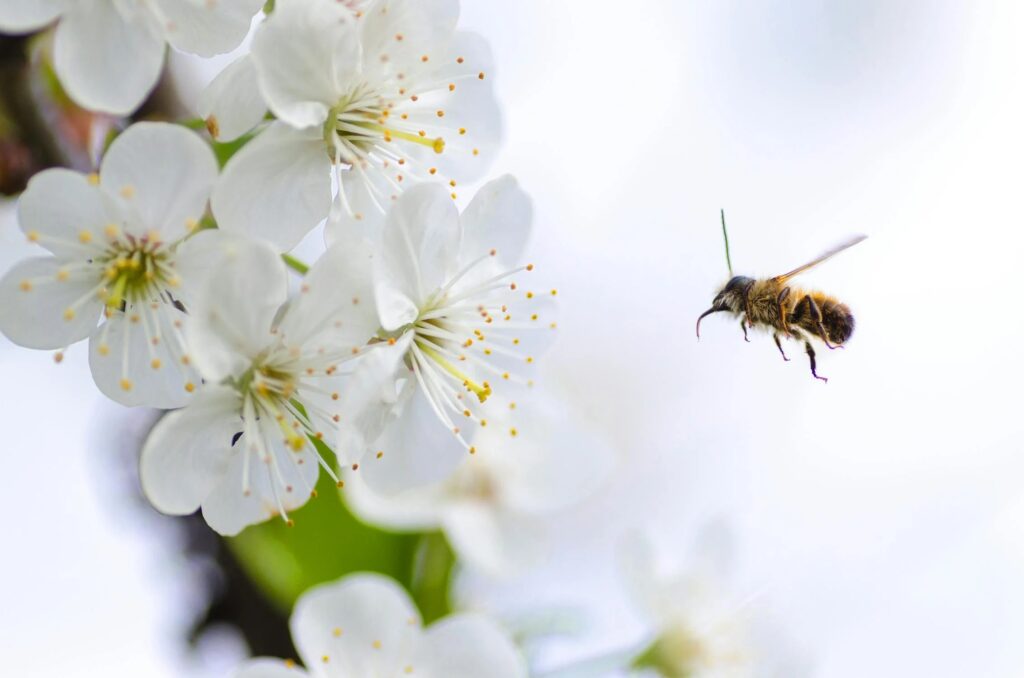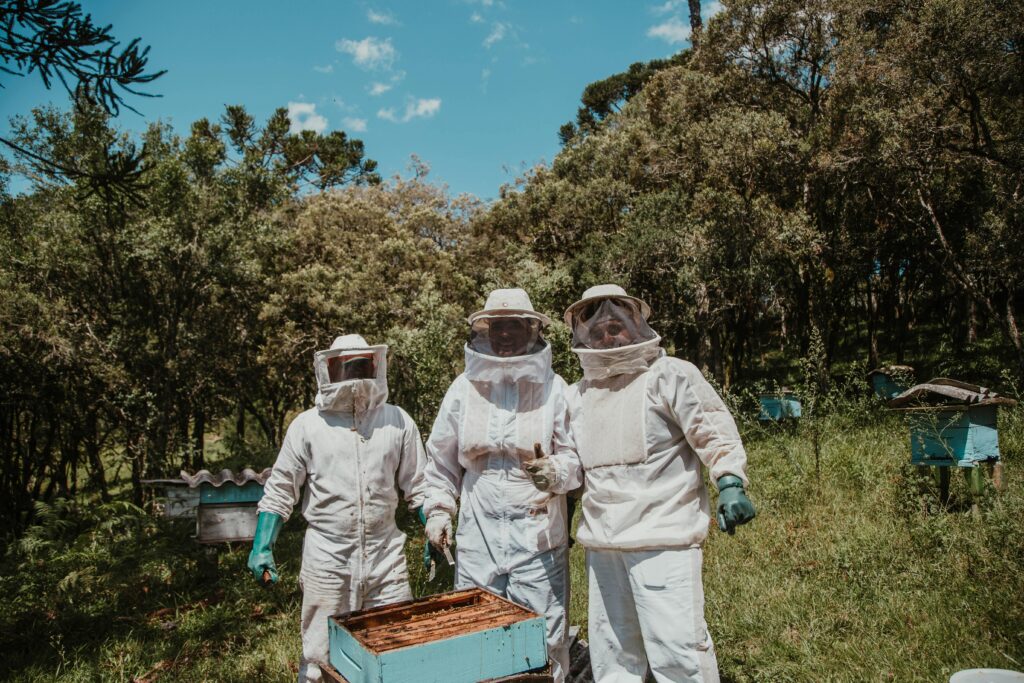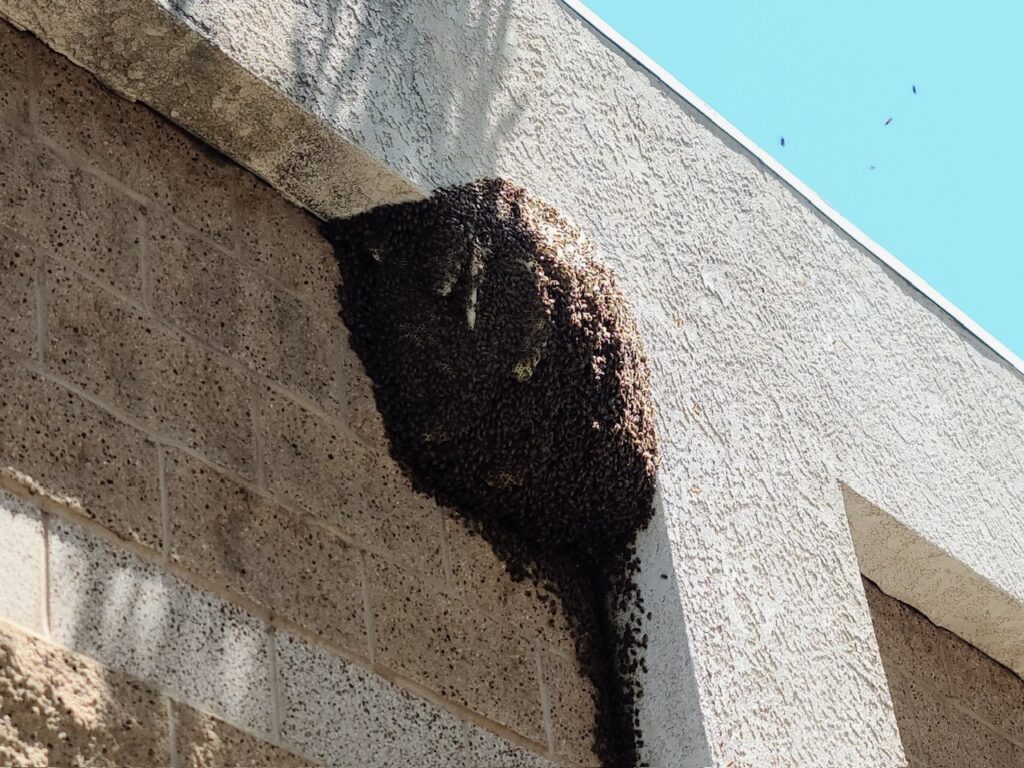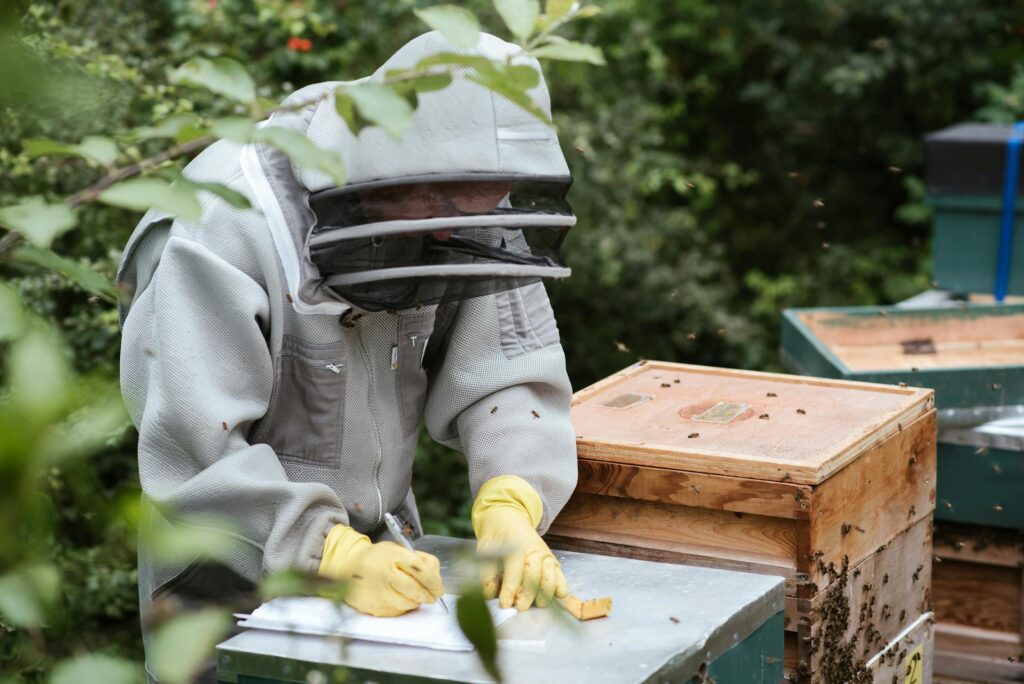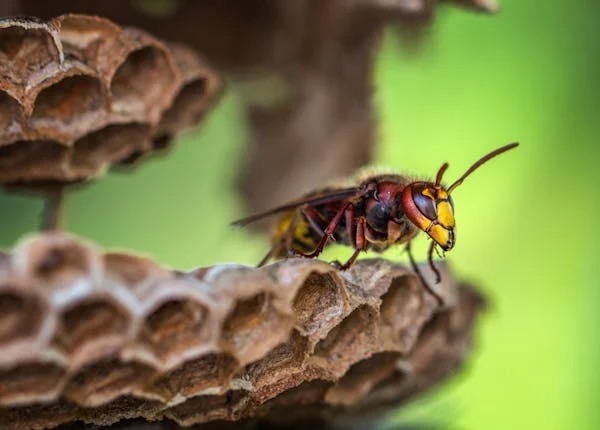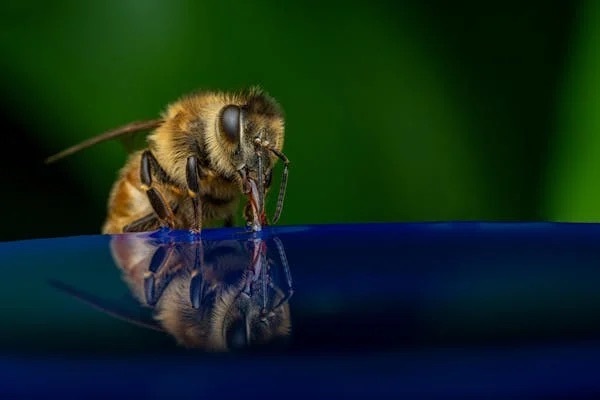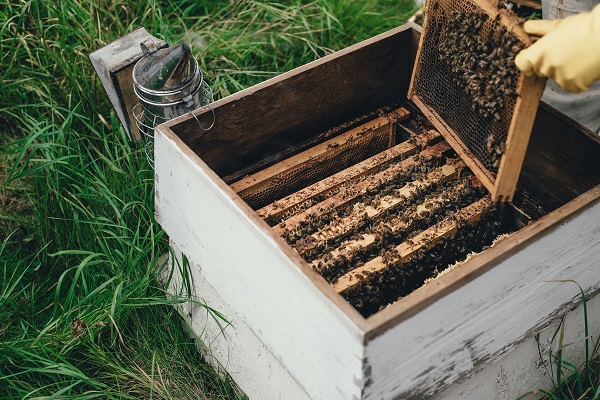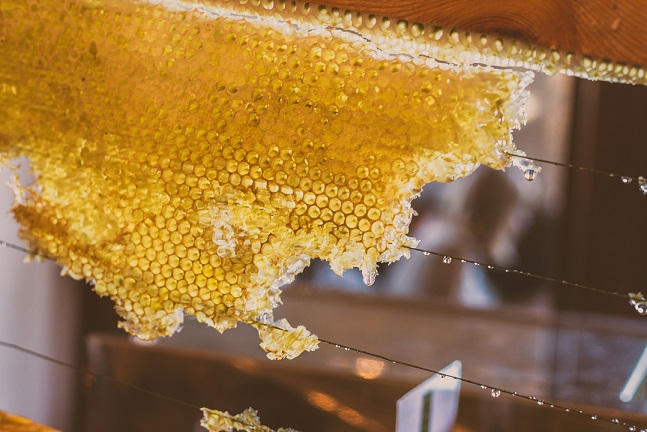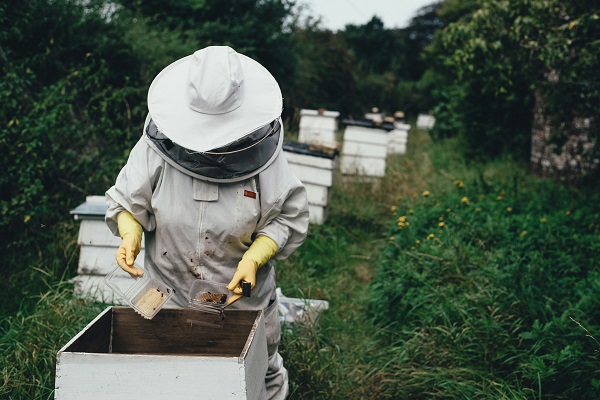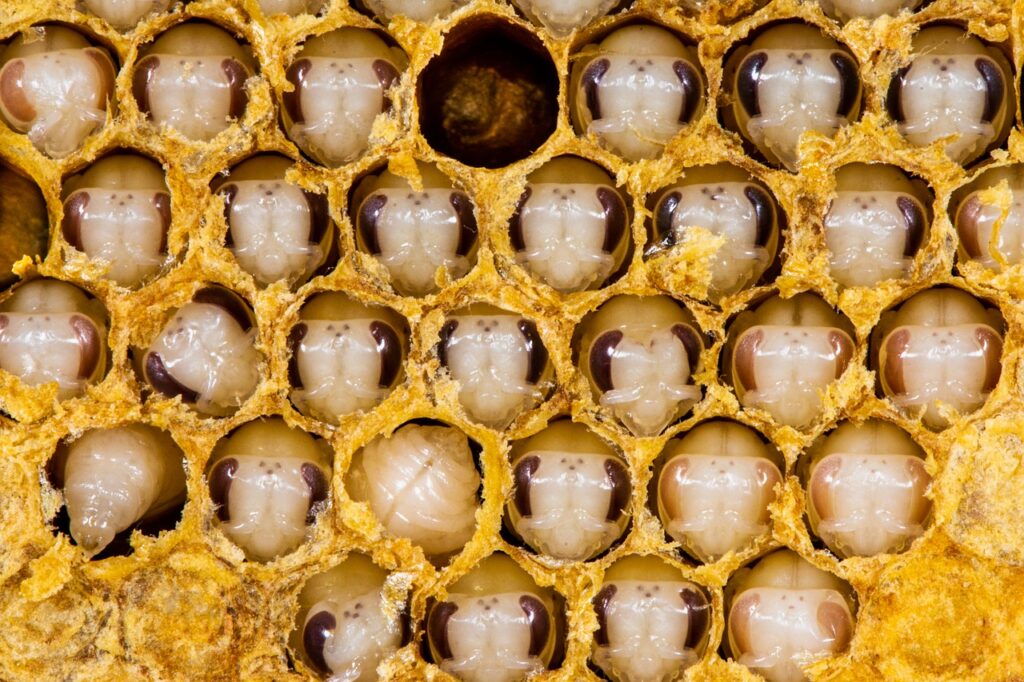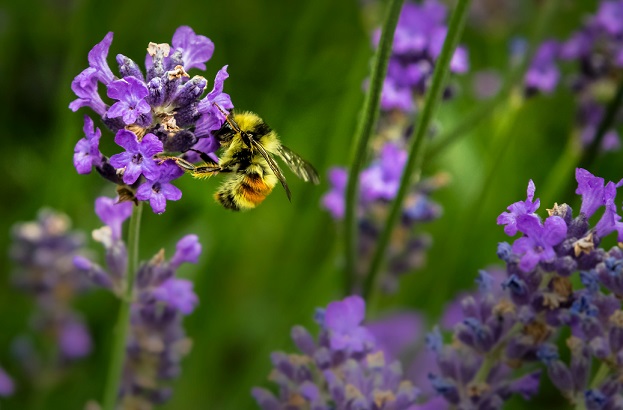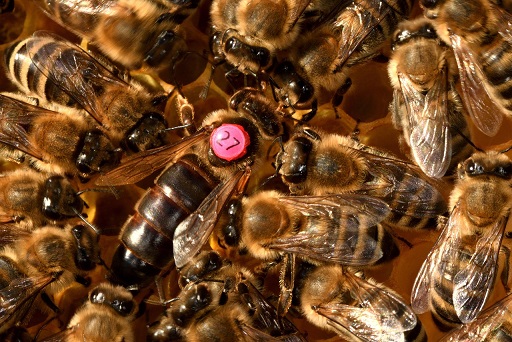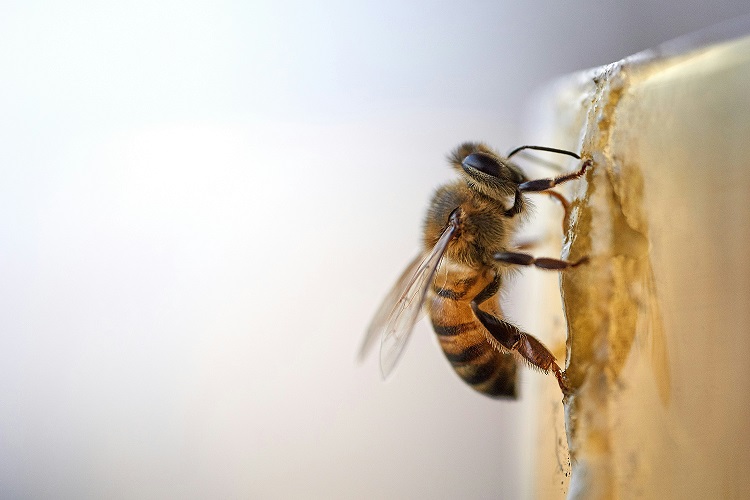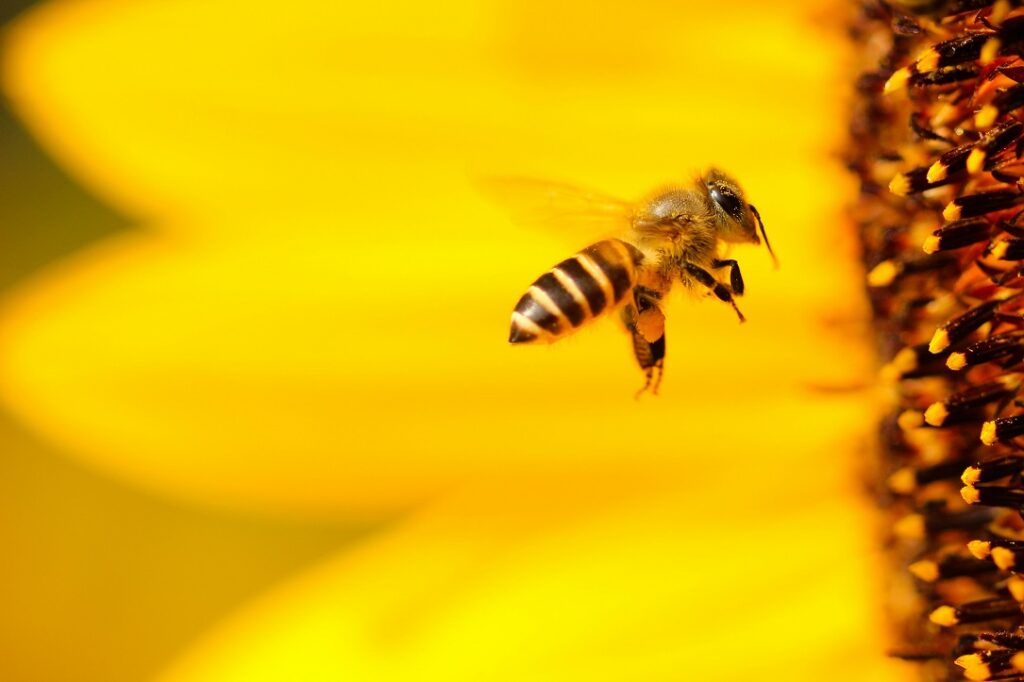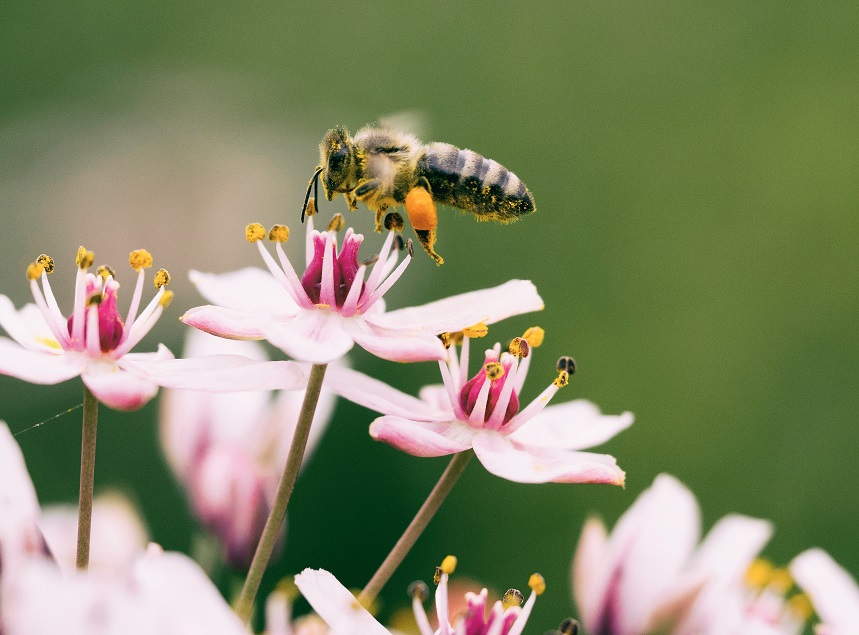Bee News
The Giant Asian Hornets
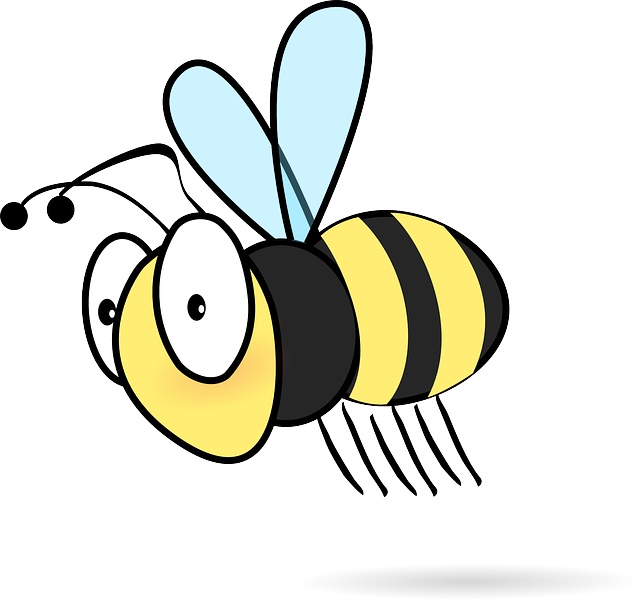


The giant Asian hornet (Vespa mandarinia), often referred to as the “murder hornet,” has captured headlines across the United States since its presence was first confirmed in Washington State in late 2019. Known for its intimidating size—growing up to 2 inches long—and potent sting, this invasive species poses significant challenges to local ecosystems, honeybee populations, and even public safety.
Originating from East Asia, the giant Asian hornet is notorious for its aggressive behavior, particularly when defending its nests. These hornets are distinguishable by their large bodies, yellow-orange heads, and distinctive yellow and black markings. The hornet’s massive size and striking appearance can be alarming, but it is the impact they can have on native bee populations, particularly honeybees, that raises the gravest concerns.
Giant Asian hornets primarily prey on honeybees, and a small group of hornets can decimate a bee colony in a matter of hours. They invade beehives, decapitating worker bees and feeding the larvae to their young. This predation poses a serious threat to the already vulnerable honeybee populations in the U.S., which play a crucial role in pollinating many of the fruits and vegetables we rely on for food.
Current Locations
Since their discovery in Washington, giant Asian hornets have been spotted in several areas, primarily in the Pacific Northwest. As of now, confirmed sightings have been reported in Washington, Oregon, and Northern California. Officials have launched extensive efforts to locate and eradicate active nests to prevent further spread, employing a combination of bait traps, surveillance, and public education.
The pest’s ability to travel can be attributed to both natural migration and the unintentional human transport of goods. This has raised concerns about the potential for the hornets to establish populations in other states, particularly in warmer regions where conditions may be favorable for their survival.
Public Safety and Threats
While the giant Asian hornet is not inherently aggressive toward humans, they can deliver a painful sting, which can be dangerous, especially to individuals allergic to bee stings. Multiple stings can result in serious health complications or even fatalities in rare cases, prompting public concern over their presence.
In response to this threat, local governments and agricultural agencies are working to spread awareness about identifying these hornets, reporting sightings, and recognizing the signs of a hornet nest. They aim to equip communities with the knowledge to safely avoid interactions with these insects while contributing to monitoring efforts.
What Can You Do?
If you live in an area where giant Asian hornets have been reported, it’s crucial to stay informed. Here are some steps you can take:
1. Educate Yourself: Familiarize yourself with the appearance of giant Asian hornets. They resemble large wasps but are significantly larger. Understanding their nesting habits and behaviors can help mitigate risks.
2. Report Sightings: If you believe you’ve spotted a giant Asian hornet or its nest, report it to local agricultural agencies. Photos and specific location details will assist authorities in monitoring and response efforts.
3. Avoid DIY Nest Removal: Do not attempt to remove a suspected hornet nest yourself. Contact professionals trained in pest control to handle the situation safely.
4. Support Local Beekeepers: Engaging with and supporting local apiarists can help bolster honeybee populations in your area, making it less attractive for hornets to establish themselves.
The giant Asian hornet presents a significant challenge to ecosystems and agriculture in the United States. With vigilant monitoring and a swift response from both authorities and the public, we can work together to manage their impact and protect our valuable pollinators. Awareness and education are key in this ongoing battle against invasive species, ensuring that we safeguard the health of our ecosystems for future generations.







